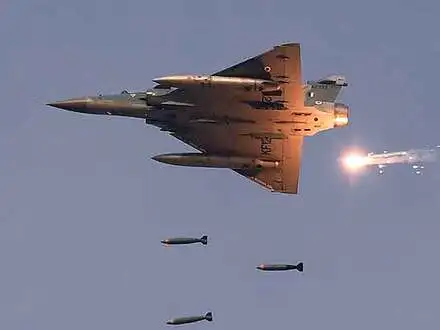May 8, 2025
In a major escalation of tensions, India conducted a pinpoint strike on Pakistani air defence infrastructure today, asserting the necessity to counter imminent threats and react to recent aggressions. The mission, conducted with Israeli-manufactured Harop drones, was aimed at military facilities around Lahore and Rawalpindi, leaving four Pakistani soldiers injured and key infrastructure damaged.
(AP News)
Background: Escalating Tensions
The direct trigger for India’s response was a terrorist attack on April 22 in Pahalgam, Jammu and Kashmir, that killed 26 civilians, including tourists. India blamed the attack on Pakistan-based militant organizations, namely Lashkar-e-Taiba and Jaish-e-Mohammed, both listed as terrorist organizations by the United Nations. Pakistan has not accepted involvement in the attack.
(Reuters)
Operation Sindoor: India’s Strategic Response
In response, India launched “Operation Sindoor” against nine locations in Pakistan and Pakistan-occupied Kashmir known as terrorist infrastructure. The targets involved a seminary at Bahawalpur that is connected to Jaish-e-Mohammed and a complex in Muridke linked to Lashkar-e-Taiba. These precision strikes killed reportedly hundreds of militant operatives .
(Reuters)
Targeting Air Defence Systems
India’s choice to attack Pakistani air defence facilities was motivated by the necessity to pre-empt retaliatory moves and to reduce Pakistan’s ability to mount counterattacks. The attacked systems were assumed to be critical to Pakistan’s ability to defend its air space and to enable militant activity on the other side of the border.
Pakistan’s Response and International Concerns
Pakistan decried the attacks as unprovoked aggression, reporting civilian casualties and threatening reprisals. The Pakistani military shot down 25 Indian drones and blamed India for an infringement of its sovereignty. The heightened tensions have been a cause for concern at an international level, with leaders from around the world urging restraint and mediation from both countries to avoid further escalation.
(RTÉ)
Conclusion
India’s pinpoint attack on Pakistani air defense mechanisms constitutes a major upscaling of the current conflict between the two countries. Though aimed as a strategic action to eliminate threats and deter any future attacks, the move has elevated tensions and underlined the instability of peace in the region. The global community remains closely attuned to events, calling for diplomatic means to avoid an escalation of the conflict.






